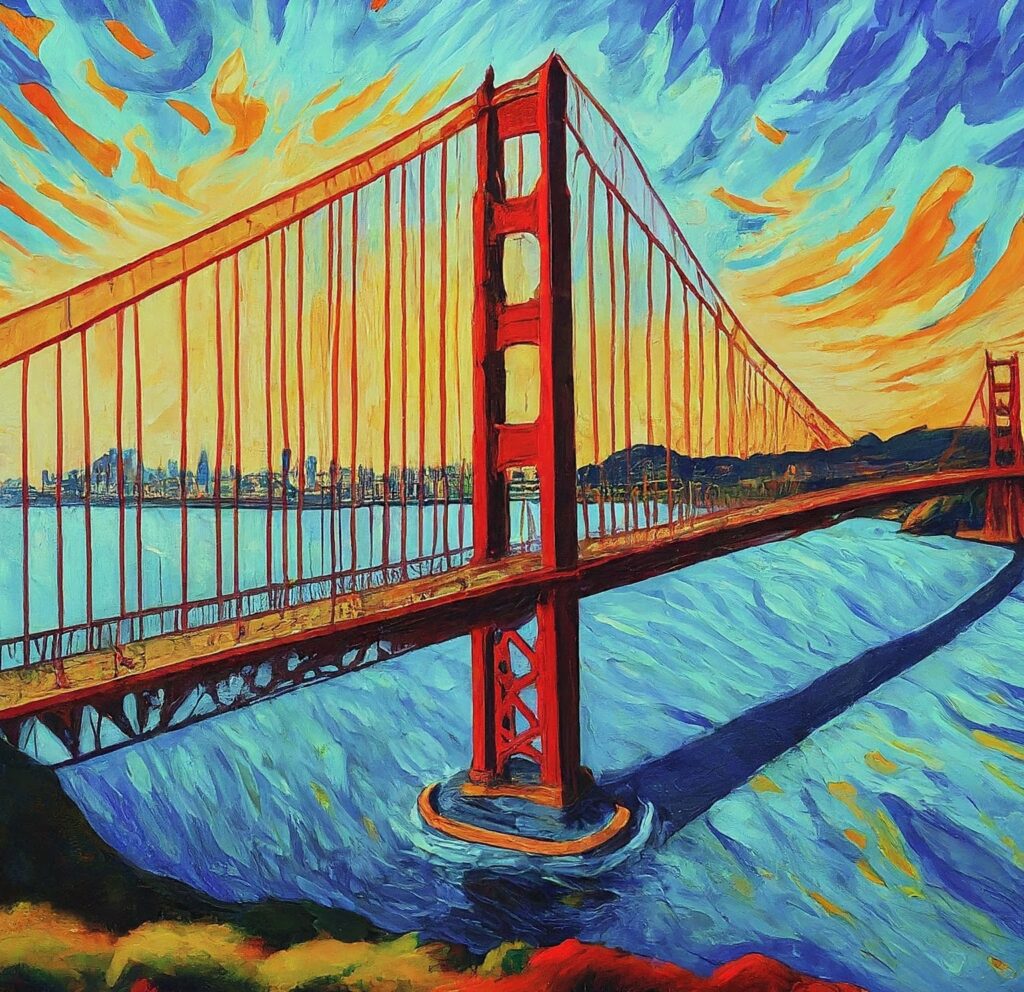Guillaume Apollinaire? John Golding? Ian Crofton? Apocryphal?

Question for Quote Investigator: Les fauves means the wild beasts in French, and Fauvism was a style of painting that developed near the start of the 20th century. Apparently, a contemporary critic stated the following:
Fauvism is a sort of exasperated form of Impressionism.
This remark has been attributed to the French poet and novelist Guillaume Apollinaire, but I have not been able to find a citation. Would you please help me to find a citation if one exists?
Reply from Quote Investigator: In 1912 and 1913 Guillaume Apollinaire penned and revised an essay titled “Les commencements du cubism” (“The beginnings of cubism”). An English translation appeared in the 1968 book “Theories of Modern Art: A Source Book by Artists and Critics”. Boldface added to excerpts by QI:1
From the end of this year on, Cubism had ceased to be an exaggeration of Fauve painting which, in its violent coloring, was a sort of exasperated form of Impressionism.
QI believes that the current popular version of the quotation has been derived from the statement above.
Below is Apollinaire’s original statement in French which was reprinted in the 1959 book “Cubism: A History and an Analysis 1907-1914” by John Golding:2
Dès la fin de l’année, le cubisme avait cessé d’être une exagération de la peinture des Fauves dont les violents coloriages étaient de l’impressionnisme exaspéré.
Below are additional selected citations in chronological order.
Guillaume Apollinaire’s article titled “Les commencements du cubism”(“The beginnings of cubism”) appeared in the October 14, 1912 issue of “Le Temps” (“The Time”). Digital scans of this issue and this article are available via the digital library Gallica of the Bibliothèque nationale de France (National Library of France). However, QI has examined this essay and determined that the target quotation was not present in this initial text.3
A footnote in “Theories of Modern Art: A Source Book by Artists and Critics”4 explained that Apollinaire used a revised version of the manuscript for a lecture he gave in Berlin at the Sturm Gallery in January 1913. This later manuscript which is held by Madame Sonia Delaunay was published in “Du cubisme a l’Art abstrait” by Pierre Francastel in 1957. The quotation appeared in the later manuscript.
The 1968 edition of “Cubism: A History and an Analysis 1907-1914” contained a different translation of Apollinaire’s remark which used the word “frenzied’ instead of “exasperated”:5
By the end of the year Cubism had ceased to be an exaggeration of the painting of the Fauves whose violent colours were a frenzied kind of Impressionism.
In 1988 “A Dictionary of Art Quotations” compiled by Ian Crofton included an entry with a simplified form of the quotation:6
FAUVISM
A sort of exasperated form of Impressionism.
Guillaume Apollinaire, ‘The Beginnings of Cubism’ (1912)
In conclusion, Guillaume Apollinaire did comment on Fauvism within an essay he wrote during 1912 and 1913 about the early days of Cubism. A remark from Apollinaire’s essay was translated from French to English and subsequently rephrased to yield the quotation under examination.
Image Notes: The Golden Gate bridge rendered with ersatz Fauvism. This image is in the public domain.
Acknowledgement: Great thanks to Marion Boddy-Evans whose inquiry led QI to formulate this question and perform this exploration.
- 1968, Theories of Modern Art: A Source Book by Artists and Critics, Edited by Herschel B. Chipp with contributions by Peter Selz and Joshua C. Taylor, Part IV Cubism: Form as Expression, Section: Guillaume Apollinaire, “The Beginnings of Cubism,” 1912 (Originally published in Le Temps (Paris), 14 October 1912; Revised version in the possession of Madame Sonia Delaunay, appears in Pierre Francastel, Du cubisme a l’Art abstrait (1957), Quote Page 218 and 219, University of California Press, Berkeley, California. (Verified with scans) ↩︎
- 1959 Copyright, Cubism: A History and an Analysis 1907-1914 by John Golding, Chapter 4: The Influence of Cubism in France 1910-1914, Quote Page 140 and 141, George Wittenborn Inc., New York. (Verified with scans) ↩︎
- 1912 October 14, Le Temps (The Time), ART ET CURIOSITÉ: Les commencements du cubisme (The beginnings of cubism) (by Guillaume Apollinaire), (The quotation is not present in the article), Quote Page 5, Column 1, Paris, France. (BNF Gallica) link ↩︎
- 1968, Theories of Modern Art: A Source Book by Artists and Critics, Edited by Herschel B. Chipp with contributions by Peter Selz and Joshua C. Taylor, Part IV Cubism: Form as Expression, Section: Guillaume Apollinaire, “The Beginnings of Cubism,” 1912 (Originally published in Le Temps (Paris), 14 October 1912; Revised version in the possession of Madame Sonia Delaunay, appears in Pierre Francastel, Du cubisme a l’Art abstrait (1957), Quote Page 218 and 219, University of California Press, Berkeley, California. (Verified with scans) ↩︎
- 1968, Cubism: A History and an Analysis 1907-1914 by John Golding, Revised American Edition, Chapter 4: The Influence of Cubism in France 1910-14, Quote Page 140 and 141, Boston Book & Art Shop, Boston, Massachusetts. (Verified with scans ↩︎
- 1988, A Dictionary of Art Quotations, Compiled by Ian Crofton, Topic: Fauvism, Quote Page 65, Routledge, London. (Verified with scans) ↩︎